| Umělec 2007/2 >> Symbolic Dislocation | Просмотр всех номеров | ||||||||||||
|
|||||||||||||
Symbolic DislocationUmělec 2007/201.02.2007 César Martinéz | recipes | en cs de es |
|||||||||||||
|
The subject of cannibalism has held various meanings and cultural connotations throughout history. Many diverse disciplines have approached its study and interpretation, tackling its origins and functions from different points of view. Since 1993, artist Cesar Martinez Silva (Mexico City, 1962) has been carrying out a series of actions called perforMANcenas,* performances related to the subject. During the past thirteen years he has repeated these actions in various parts of the world. Often times, they are changed and influenced by the place where they are being presented and its political situation at the time. His performances are all structured according to a similar theme: participation in a simulated human sacrifice, a cannibalistic ritual in which the objective is to consume a body made out of chocolate or jelly.
The acute political, economic and social problems in Mexico during the nineties forced many artists to work in a context of corruption and violence that illuminated the failure of institutions to provide concrete solutions to societal problems. During this time, the human body was used as a metaphorical image for the social body, in which different problems—such as corruption, polarization, identity, sexual diversity and death—were represented. Under stable conditions, the body was represented as an orderly system, a unit that, only when attacked by a disease, enters a chaotic state, whose symptoms manifest as the fragmentation of the elements that constitute the body. In his performances, Cesar Martinez uses the metaphor of cannibalism and symbolic dislocation to articulate an argument against the fragmented identity, the ascent of neo-liberalism in Mexico, the economic imperialism of the US, and as a sign of imminent change in Mexico’s attachment to the West. Such ideas influenced him to present Latin America as a sacrificed body (or “signified body,” as he calls it) in perforMANcenas—a victim of amnesia and of the unconscious collective cannibal. THE CANNIBAL AMONG US PerforMANcenas use the symbolic value of the cannibal as an organizing principle and a common denominator, a situation that speaks of the “other” and of us, of devouring and the fear of being devoured. It approaches the subject from both the outside and the inside. It is also a metaphor of the “otherness” implied by such a terrible condition as cannibalism, its taboo content, and it being seen as an object of desire because of its association with consumption. From the first ethnographic representations of America, the figure of the cannibal helps produce a determining model of appropriation in the narratives of the West. Nevertheless, the view of the “cannibal monster” that originated in colonial discourse—an ideological construction and product of mediaeval teratology and Greco-Latin stories about “otherness”—has changed tremendously in regards to the cannibal’s power to represent, enunciate and dominate. At first, the cannibal justifies colonization morally, religiously and intellectually, by signaling its contradictions. Afterwards, it is used as a contracultural sign for the postcolonial condition, its relationship to the outside, and as a founding principle of identities. Presently, post-colonial analysis deals with the way that globalization has integrated cultures by their fragmentation and de-contextualization. This begins with the break down of financial, communication, and entertainment systems, which usually generate new structures—objects and cultural practices of a hybrid character, including shared values, which are based on myths created by technological modernity and the normative way in which language is organized). Within this simulacra of established truths - which inscribes the world in a sub-strata of shared practices - the myth of the civilized savage, the noble savage, continually restores its forms of representation in individuals who justify the right to subdue others. It places them—in Martinez’s words-—as “ocular witnesses of those who disassemble bodies, passive actors in a cannibal plot.” The performances of this artist consist, in great measure, of the staging of this extended social position, where a body made of jelly serves as an image of the social body and as a space of political manifestation. RE-PRESENTATION PerforMANcenas reproduce the conditions of a shared “civilization,” an issue worthy of imitation, in order to question—repetitively—the historical model of an ambivalent colonial cultural authority. With the intention of making the Spaniards eat the Indian and the first world eat the third, Cesar Martinez, in his first perforMANcena—“Ame-Rica G-Latina” (1999)—“sculptocooked” jelly in the Headquarters of the Spanish Army, with the help of several members of the military. Afterwards he invited the attendants to consume the representation of the body of a contemporary Indian. When a parodiable reading of a traumatic cultural experience is made, the intention is to generate fractures in the elements to which meaning is attributed, as interruptions that constantly alter the established order. Martinez’s perforMANcenas extend the parody to the introduction of different visual elements with certain cultural charges. These elements, which we are used to, are offered as the space in which a mediated social relationship is shown and generated through images presented as society and its institutions, as a presence that warns us about the limits of power. Once, in one of his first performances, Cesar Martinez appeared wearing a presidential ribbon, a bloodied butcher’s apron, long hair, a beard and a T-shirt with the image of Jesus Christ’s bleeding heart; another time, he appeared naked with balaclava—a clear reference to the EZLN Zapatist National Liberation Army— and performed heart surgery as an Aztec priest. At the end of this performance, he wore a white cook’s apron. In one of his more recent performances, he appeared disguised as Death wearing a charro hat and trousers made out of the United States flag. The element of humor used in his art fragments the sense of words by means of double entendre and a play-on-words. It also shrouds in doubt cultural codes that try to undermine the limits from the inside and shows the way towards a transitioning identity—which is understood as a collective construction--with emphasis on mobility and change. Notwithstanding the rearticulation and normalization processes of capitalism—elements that join together perforMANcenas—challenge the instability of the dominant ideological system by presenting the possibility of alterations and fractures. INCORPORATIONS The representation of the human body used in perforMANcenas functions as a process of criticism and social signification, a metaphor for American territory that illustrates the capacity of the mind to explain and understand the way in which we visualize our relationship with the environment. Cesar Martinez’s performances end when the participants are invited to “choose their favorite part: North, South, East, or We-eat.” The metaphors he uses create relationships between different fields of explanation; they are a space for negotiation and interchange, placed in the interstices of established discourses. In several perforMANcenas, Martinez uses the figure of the “socio-economic metabolism” as an extension of the biological metabolism; while systems of mechanical production transform raw materials into products and services, bodily systems transform energy into waste. For Cesar Martinez, the metabolism of our body and socio-economic metabolism are united by means of the ingestion of metaphors, which work as food. In this manner, the artistic object becomes a duality of consumable objects—speakable prepositions (eat/speak) in which the concrete and the imaginary have the same sense of consumption. In such a way, consumption constitutes a continually interchanging system of relations, where language and the body participate in the articulation of their differences: on the one hand, physical qualities and concrete relations, and on the other, ideal attributes that point to mental happenings. Thus, perforMANcenas, by using the body as a metaphor, turn it into a stage and a political manifestation that expresses the symbolic reversibility of the social character--where art and life unite, through a double, cultural connotation—the consumption of symbolic goods and the body consumed by capital.
01.02.2007
Рекомендуемые статьи
|
|||||||||||||
|
04.02.2020 10:17
Letošní 50. ročník Art Basel přilákal celkem 93 000 návštěvníků a sběratelů z 80 zemí světa. 290 prémiových galerií představilo umělecká díla od počátku 20. století až po současnost. Hlavní sektor přehlídky, tradičně v prvním patře výstavního prostoru, představil 232 předních galerií z celého světa nabízející umění nejvyšší kvality. Veletrh ukázal vzestupný trend prodeje prostřednictvím galerií jak soukromým sbírkám, tak i institucím. Kromě hlavního veletrhu stály za návštěvu i ty přidružené: Volta, Liste a Photo Basel, k tomu doprovodné programy a výstavy v místních institucích, které kvalitou daleko přesahují hranice města tj. Kunsthalle Basel, Kunstmuseum, Tinguely muzeum nebo Fondation Beyeler.
|







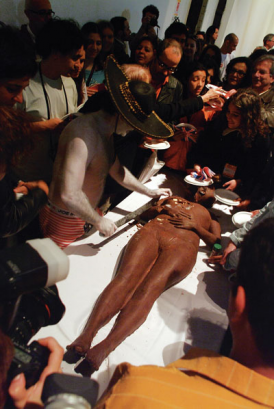










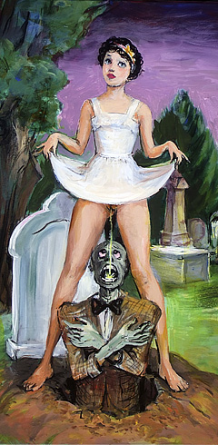











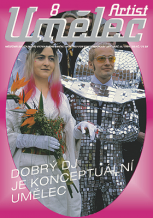
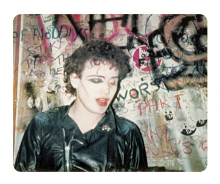
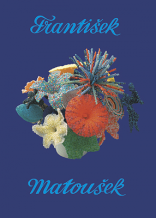
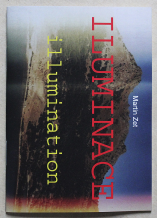


 We Are Rising National Gallery For You! Go to Kyjov by Krásná Lípa no.37.
We Are Rising National Gallery For You! Go to Kyjov by Krásná Lípa no.37.
Комментарии
Статья не была прокомментированаДобавить новый комментарий